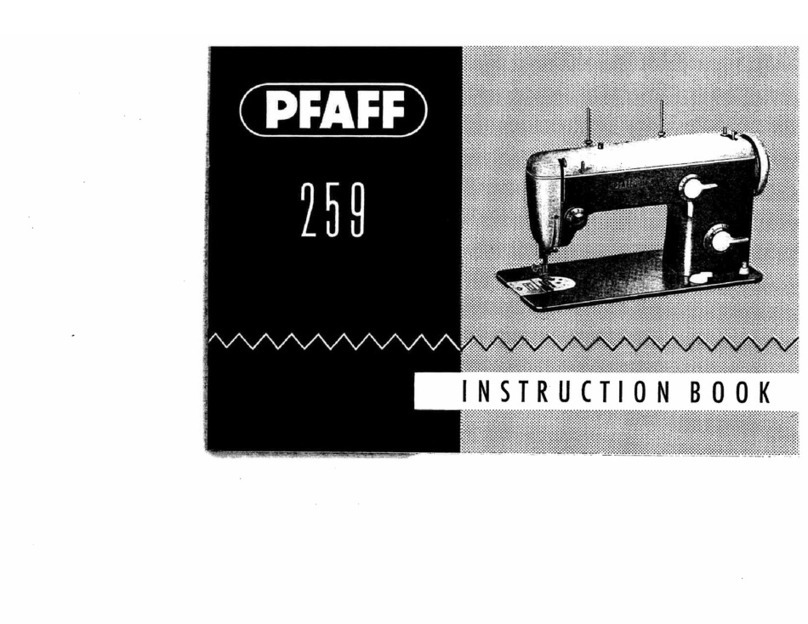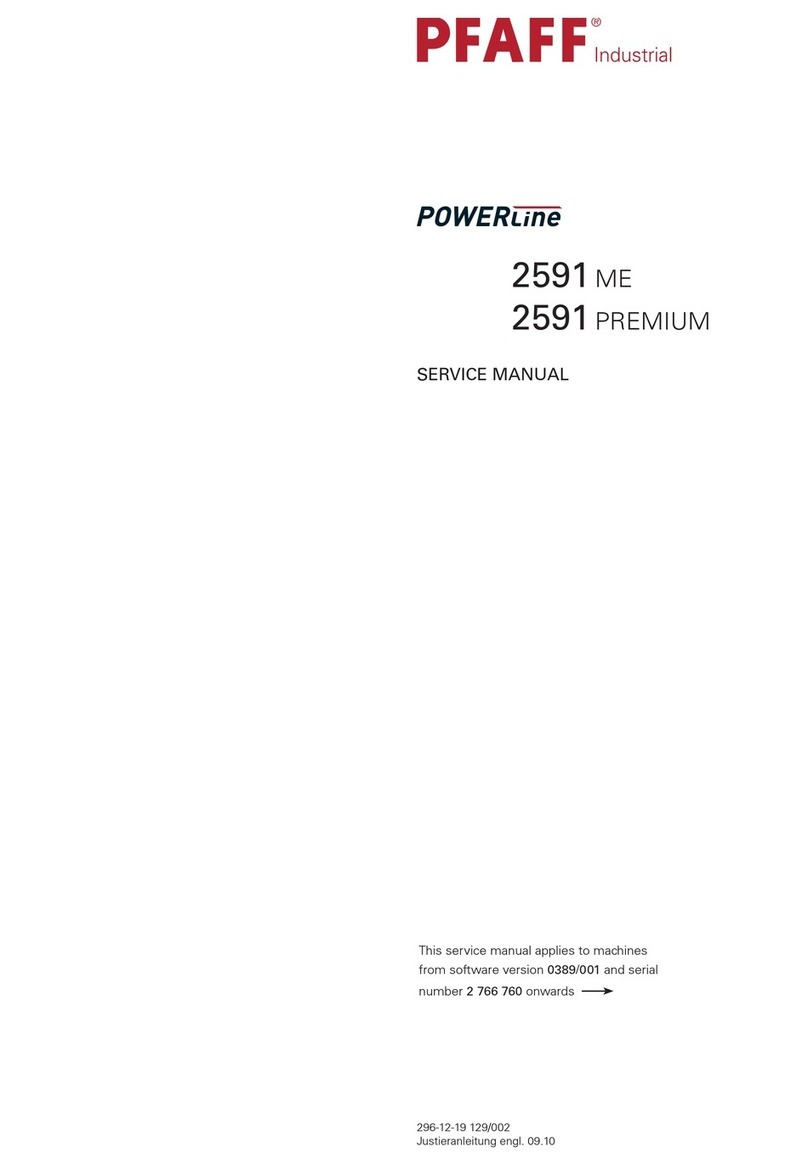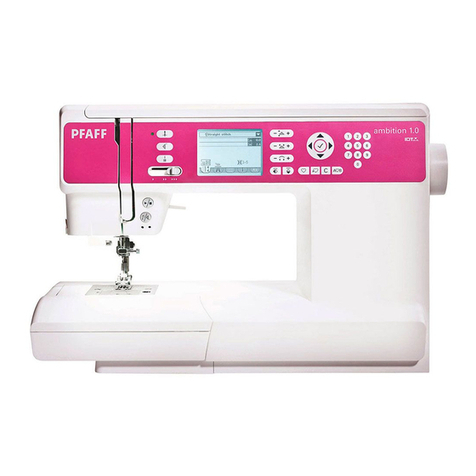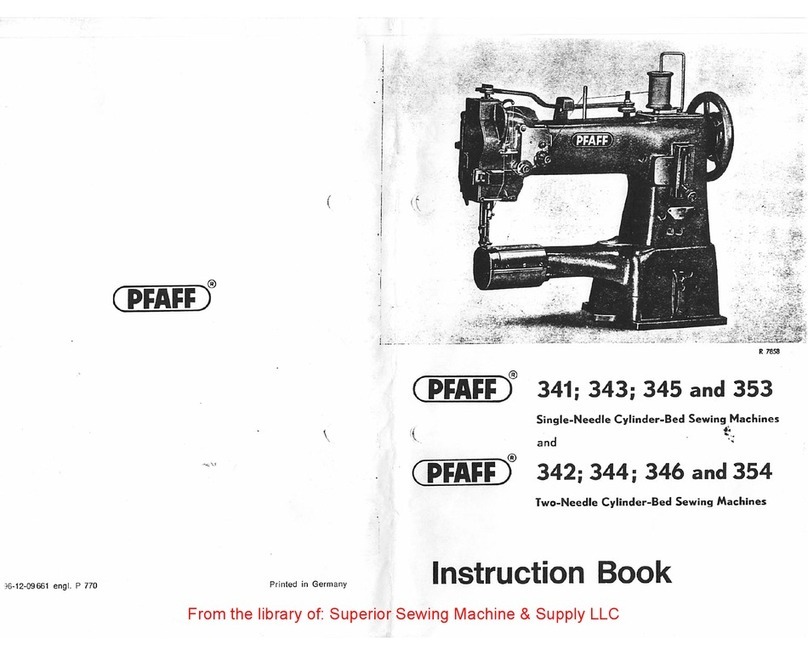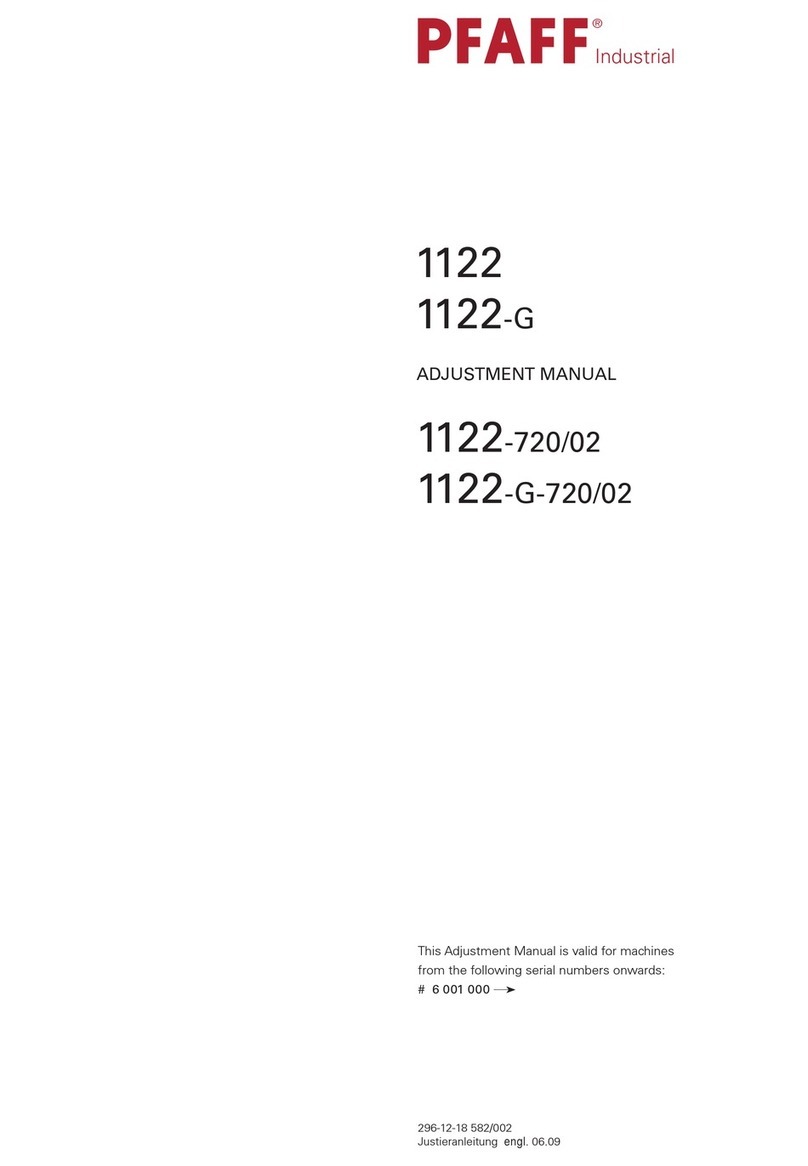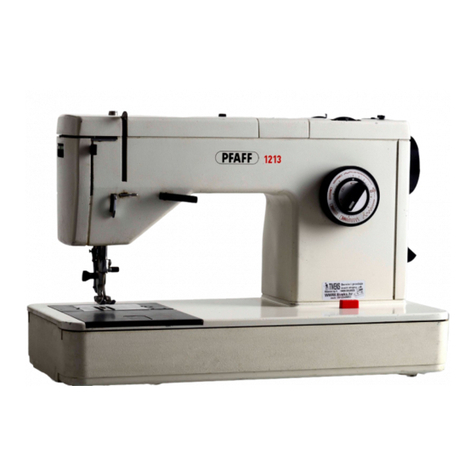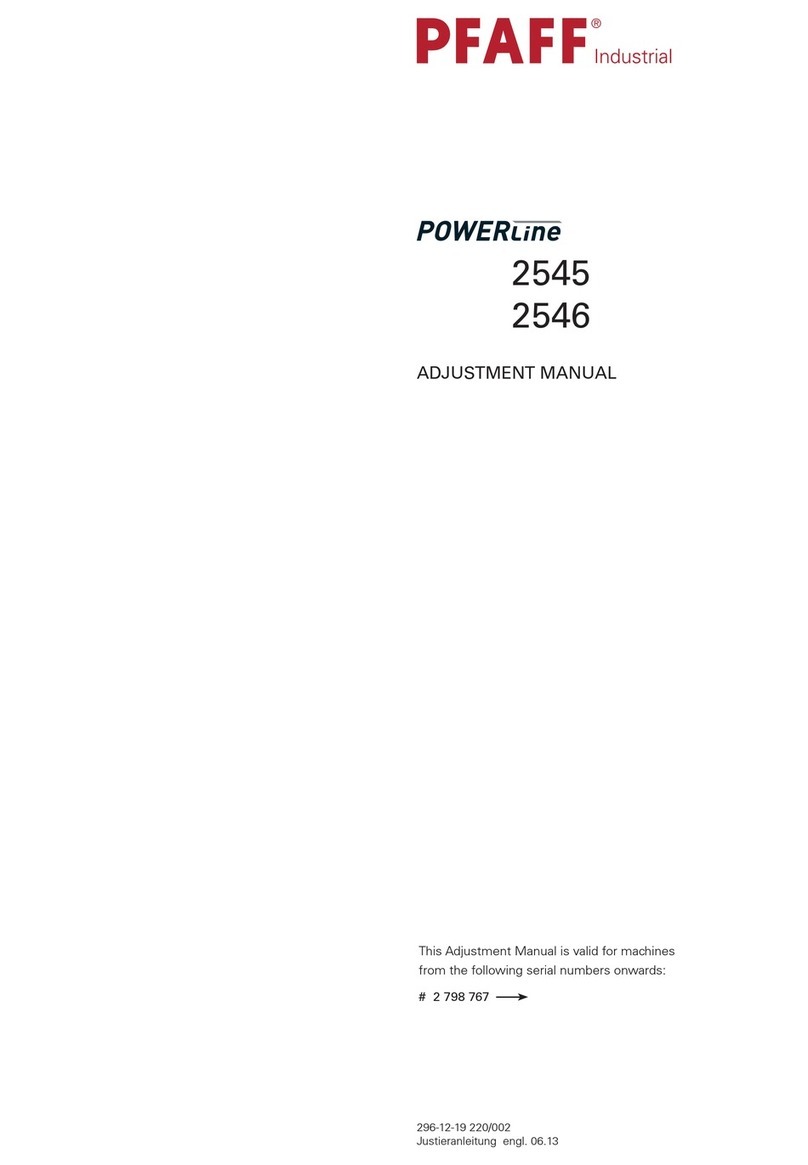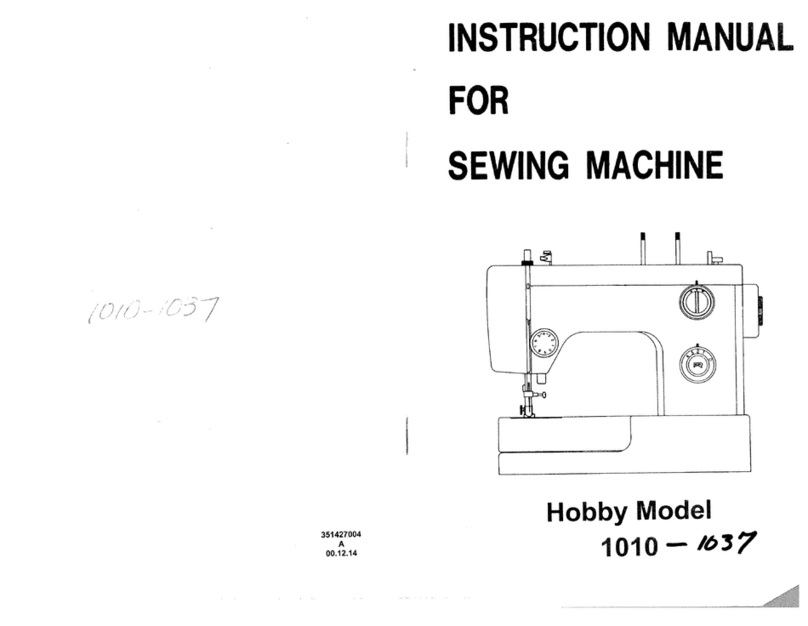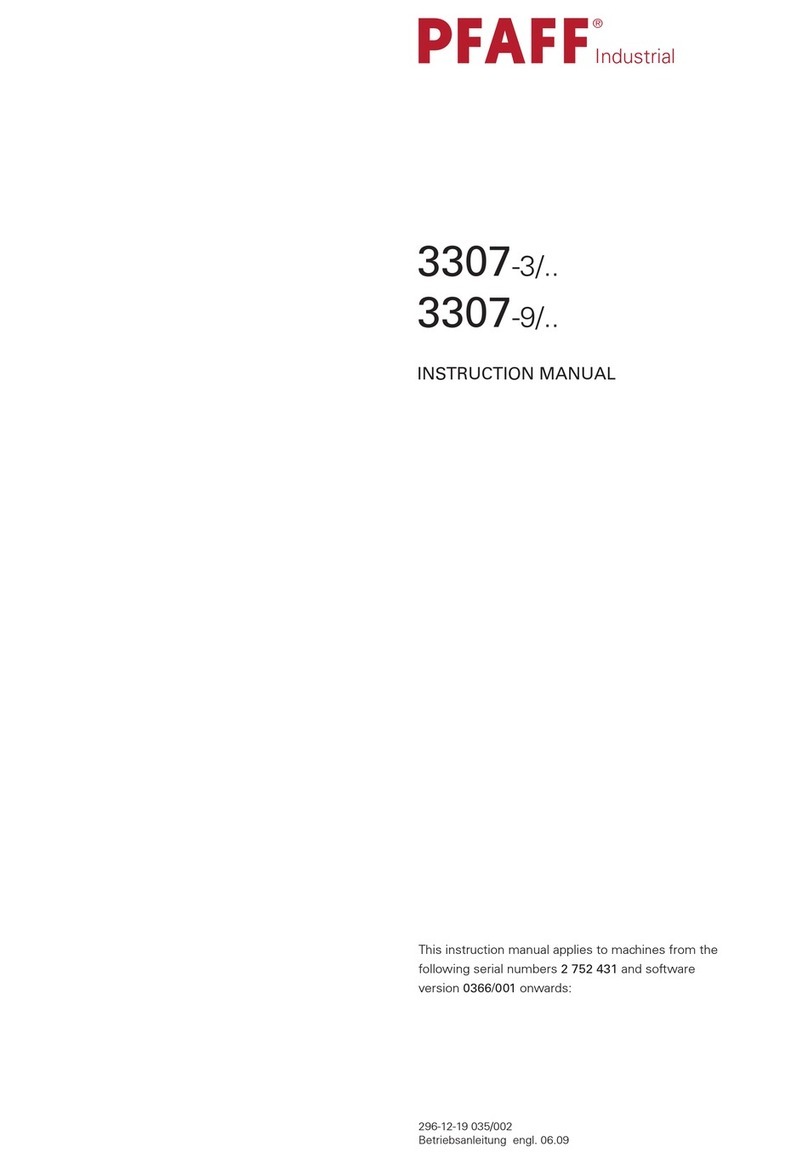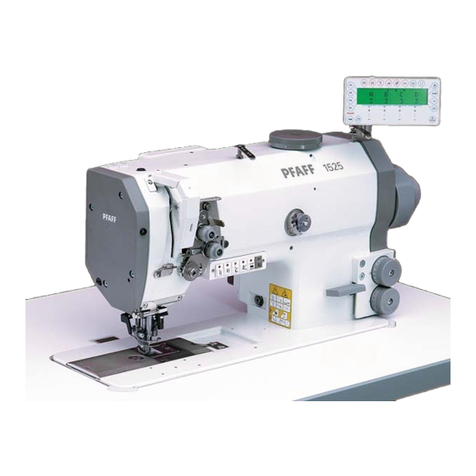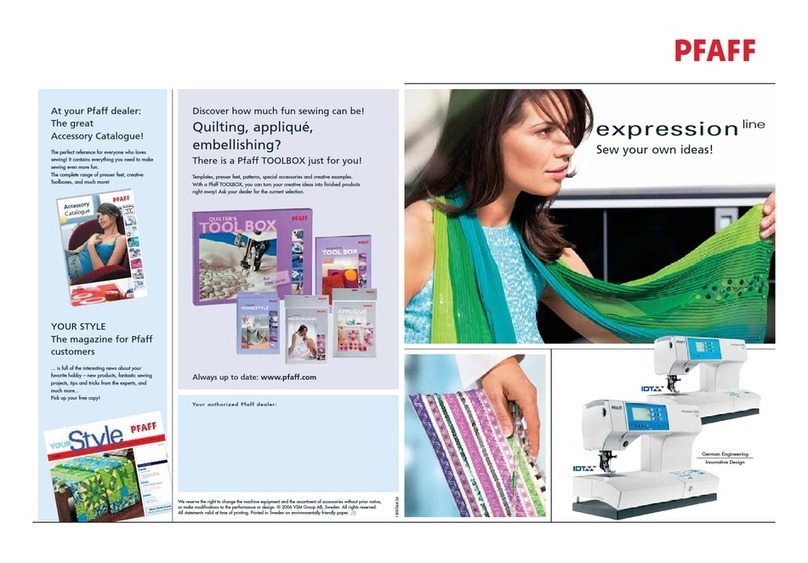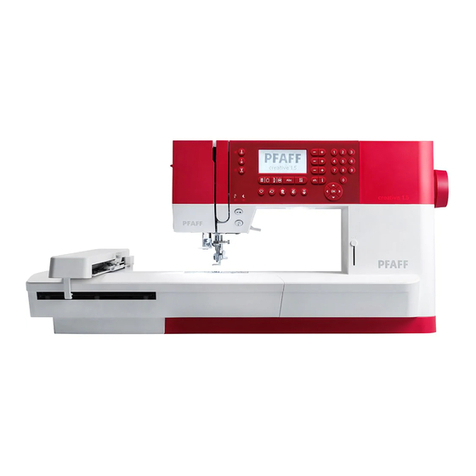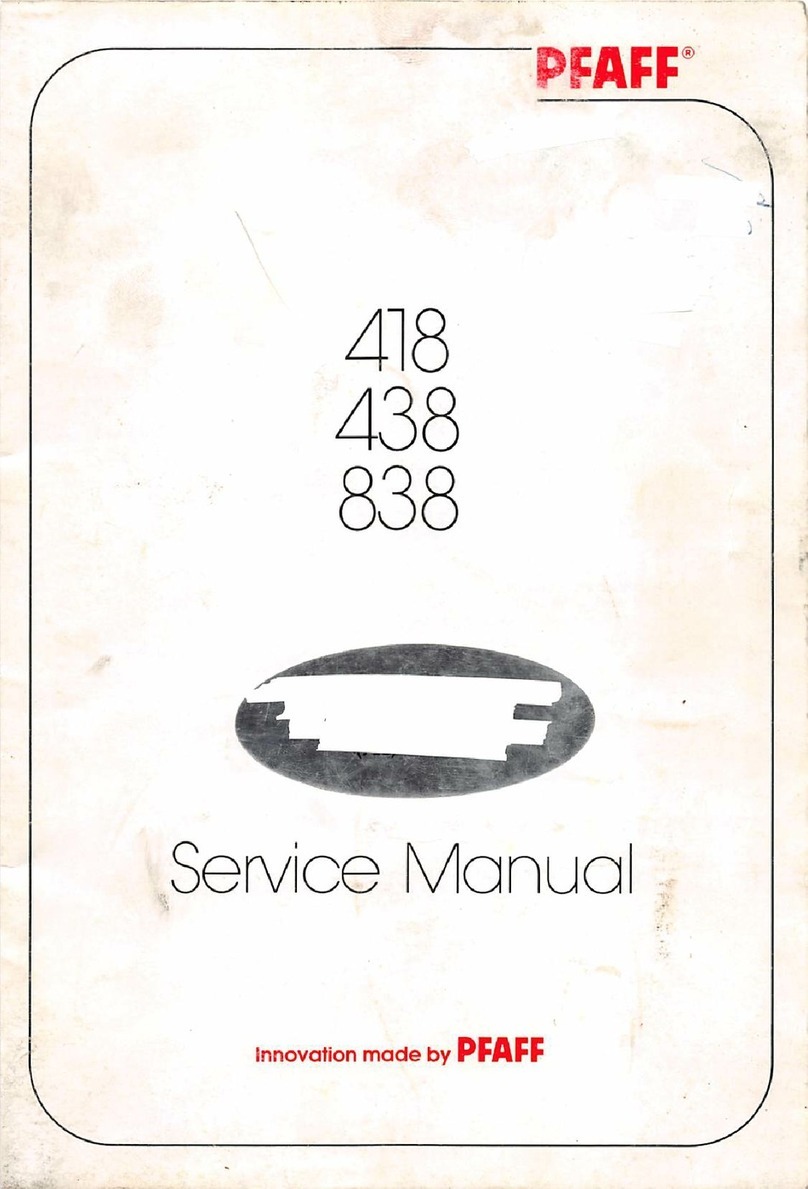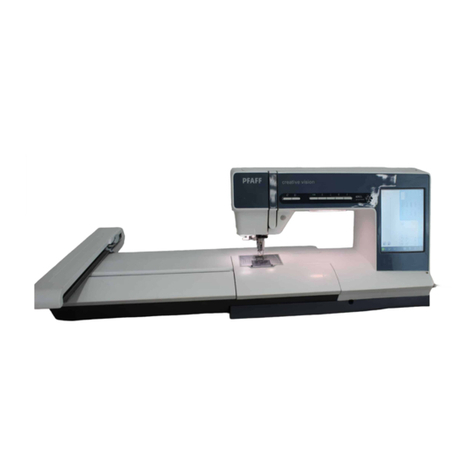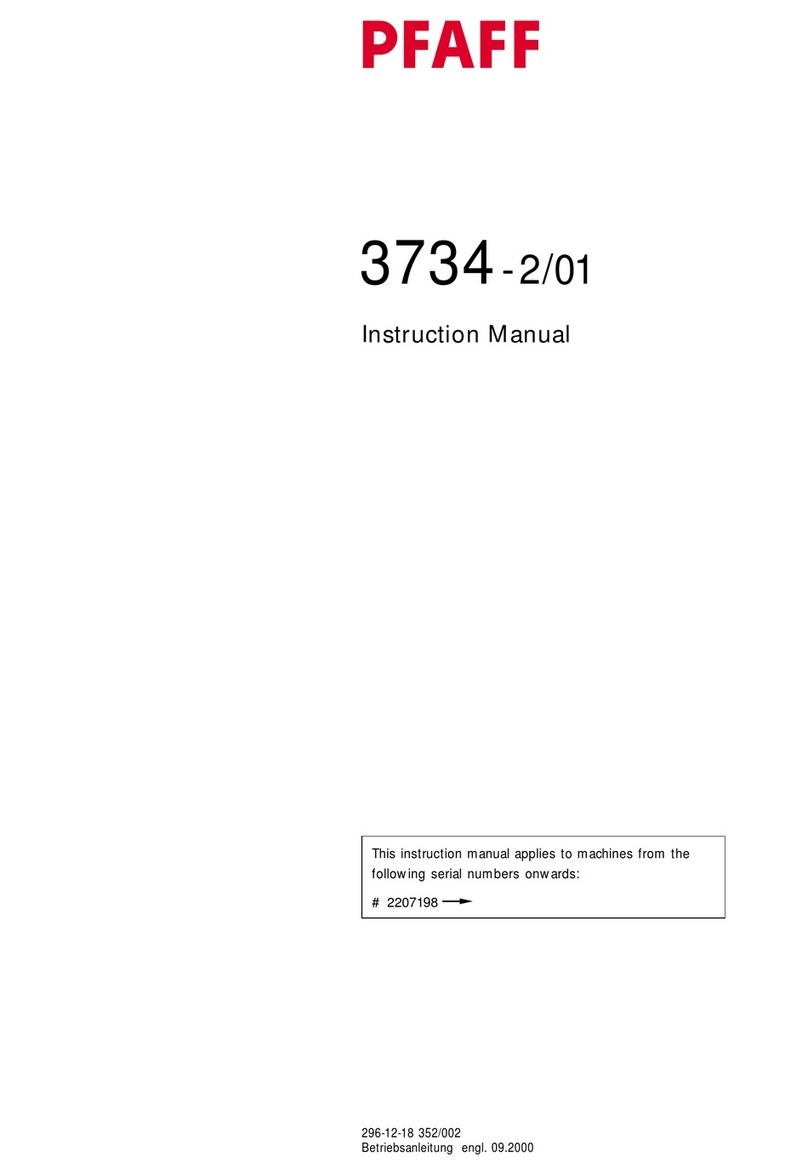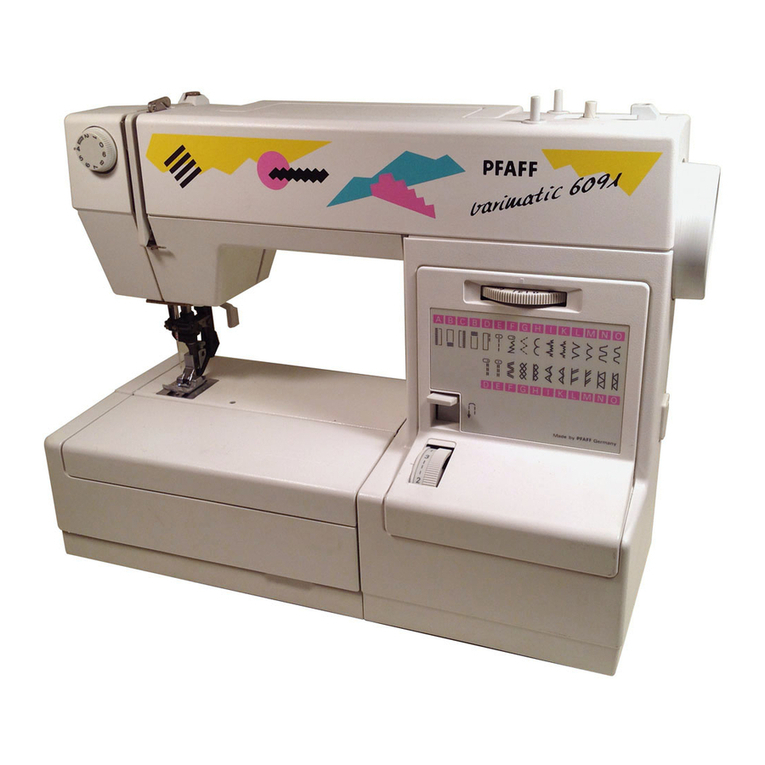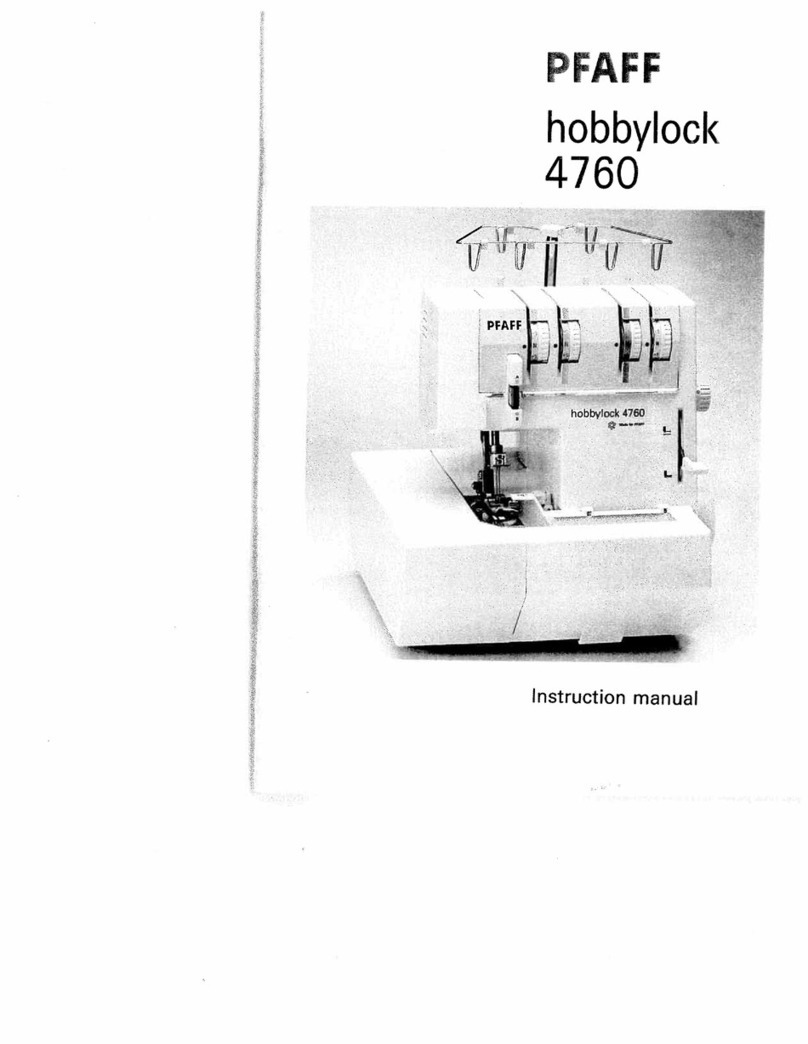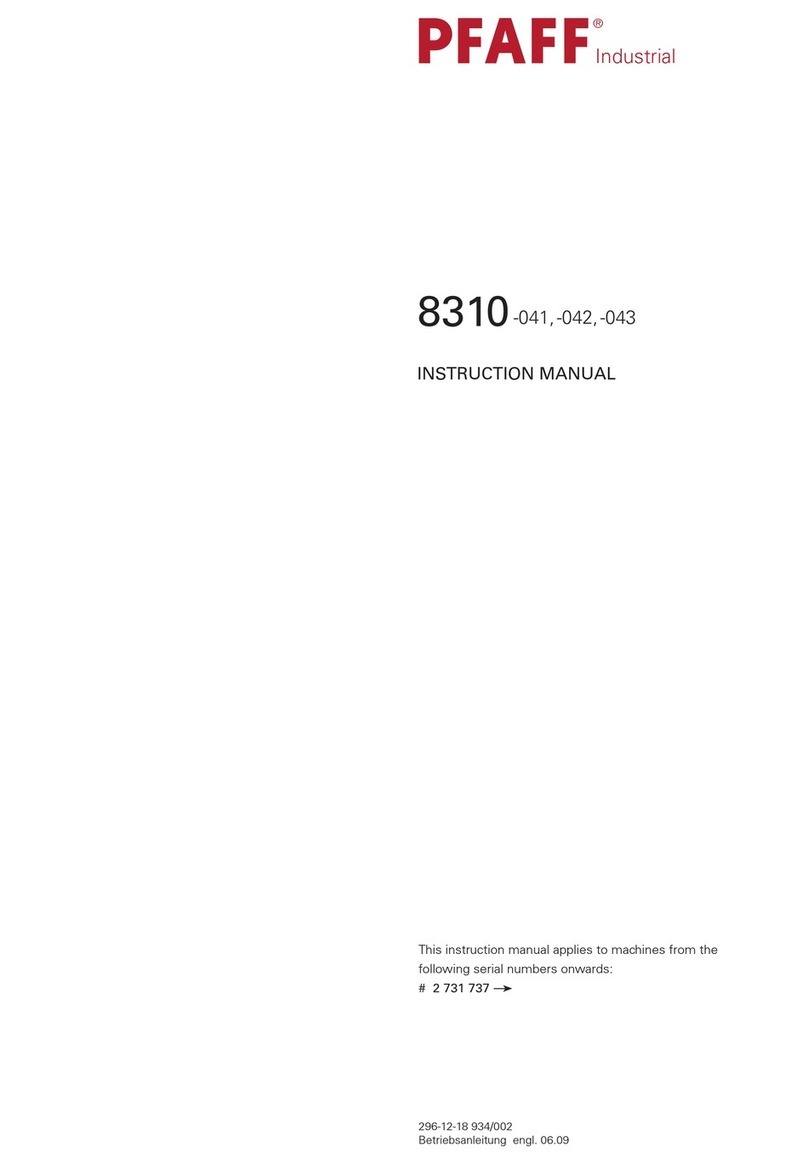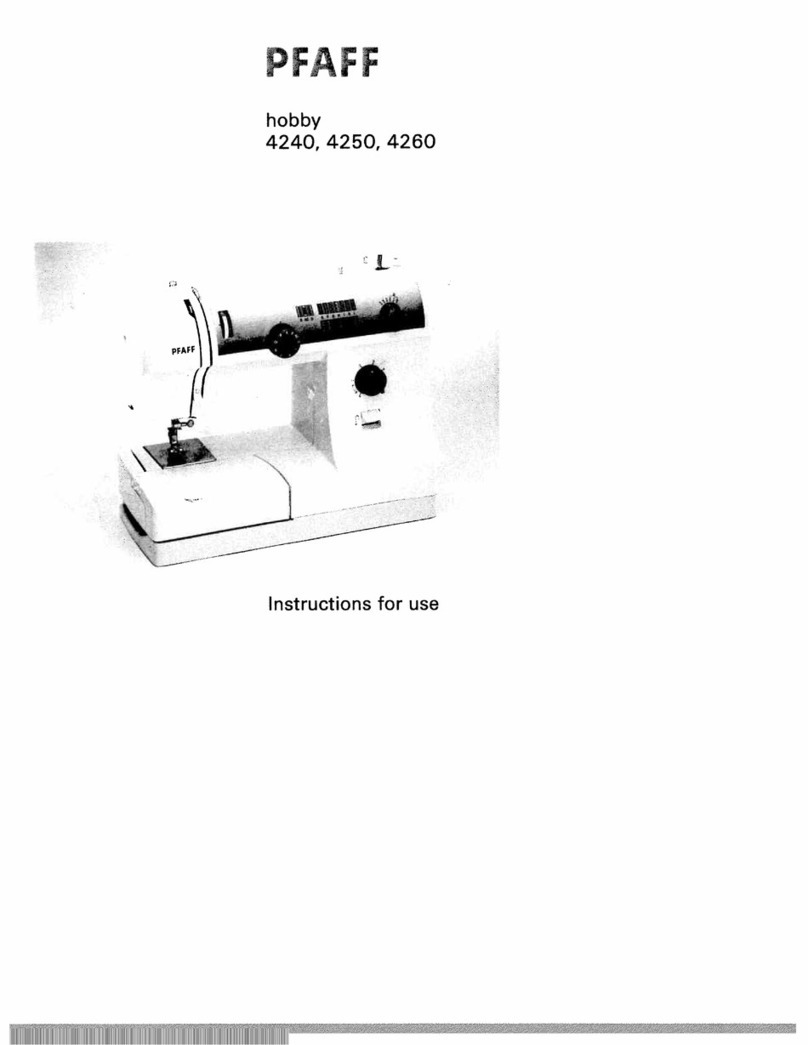
Table of Contents
Contents..................................................................................Page
15 Adjustment ........................................................................................................................... 5
15.01 Notes on adjustment ............................................................................................................. 5
15.02 Tools, gauges and other accessories .................................................................................... 5
15.03 Abbreviations ......................................................................................................................... 5
15.04 Explanation of symbols.......................................................................................................... 5
15.05 Checking and adjustment aid................................................................................................. 6
15.06 Adjusting the basic machine .................................................................................................. 7
15.06.01 Machine drive home position................................................................................................. 7
15.06.02 Pre-calibrating needle height.................................................................................................. 8
15.06.03 Bottom transporter zero position ........................................................................................... 9
15.06.04 Bottom transporter sliding movement ................................................................................. 10
15.06.05 Bottom transporter stroke movement ................................................................................. 11
15.06.06 Bottom transporter height / position in needle plate cutout ................................................ 12
15.06.07 Needle in needle hole centre............................................................................................... 13
15.06.08 Hook shaft bearing and spur gear clearance........................................................................ 14
15.06.09 Hook lubrication .................................................................................................................. 15
15.06.10 Needle bar rise, hook-to-needle clearance, needle height and bobbin case position finger 16
15.06.11 Thread check spring and slack thread regulator ................................................................... 18
15.06.12 Passage under sewing foot.................................................................................................. 19
15.06.13 Adjusting feed regulator zero position ................................................................................. 20
15.06.14 Stitch length adjustment forwards and backwards.............................................................. 21
15.06.15 Bobbin winder...................................................................................................................... 22
15.06.16 Mechanical stitch length limitation....................................................................................... 23
15.06.17 Sewing foot pressure........................................................................................................... 24
15.07 Adjusting thread trimmer -900/24........................................................................................ 25
15.07.01 Pre-calibrating solenoid setting / control cam ...................................................................... 25
15.07.02 Aligning thread catcher laterally ........................................................................................... 26
15.07.03 Knife position ....................................................................................................................... 27
15.07.04 Front turning point of thread catcher.................................................................................... 28
15.07.05 Manual cutting control ......................................................................................................... 29
15.07.06 Needle thread tension release............................................................................................. 30
15.07.07 Re-calibrating control cam.................................................................................................... 31
15.08 Aligning transmitted light transmitter................................................................................... 32
15.09 Adjusting transmitted light sensors ..................................................................................... 33
15.10 Functional check of bobbin thread monitor .......................................................................... 34
